 I just sat through a meeting of a Mexican immigration attorney in Tijuana at a shelter for recently deported men, as she explained President Obama’s recent remaking of immigration policy.
I just sat through a meeting of a Mexican immigration attorney in Tijuana at a shelter for recently deported men, as she explained President Obama’s recent remaking of immigration policy.
At the Casa del Migrante in east Tijuana, Esmeralda Flores wound her way through the intricacies of US immigration law. But the cold hard facts were, she said, “that none of you are eligible” for the temporary reprieve in deportations that the president announced.
Even if you crossed again tonight, it wouldn’t make any difference, she said.
About 30 men, rough and worn out, listened as she spoke. All had to be living in the U.S. as of November 20 – ironically Mexico’s Revolution Day holiday – to be eligible; and they weren’t.
Most of the men had lived for years in the United States. Most had learned to co-exist with their illegal status.
One I met was Filiberto Ruiz, who crossed at 15, and got his first job washing dishes in Oceanside without papers. He showed me, nevertheless, his real Social Security card and California driver’s license, all obtained without legal papers.
“For years, I didn’t need a green card,” he told me. “I preferred not to have one. I knew that sooner or later I’d be going to prison and then I’d lose all that money I’d spent getting a green card.”
Ruiz, now 50, was one of those who took advantage. He got involved in drugs, was deported several times, walking back in at the border crossing in each time. Then things got rough after 9/11 and he was caught one more time and sentenced to eight years in federal prison for illegal re-entry.
All of this – Ruiz, the men at the meeting, and the hundreds of thousands just like them, the president’s speech – are the fruit of Americans’ schizophrenia and double standards when it comes to immigration, particularly the low-wage sort from Mexico.
We have spent all our time enforcing immigration law at the border, where it’s politically sexy to do so. We’ve not enforced the law on Americans – people who hire illegal immigrants, from housewives to factory owners to sandwich shops and homeowners with pools that need cleaning.
So every working-class Mexican learned this fact: Cross the border and you could live and work without too much trouble; even brushes with the law were sometimes not enough to disqualify you from living and working illegally in America.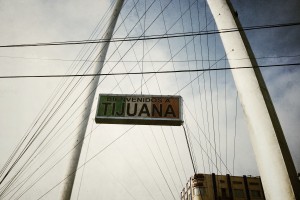
Father Pat Murphy, who runs the Casa del Migrante, told me of a family in San Diego who own a pool-cleaning business, a house, with kids in school, and 25 years in America – and are illegal.
But these days all that led to that appears to have changed. Tonight it fell to Esmeralda Flores to explain the truth to the 30 or so men who sat with her.
On a related note, Tijuana is a town of deportees: My taxi driver this evening was a deportee; so was the guy who changed the shower head in my hotel room.

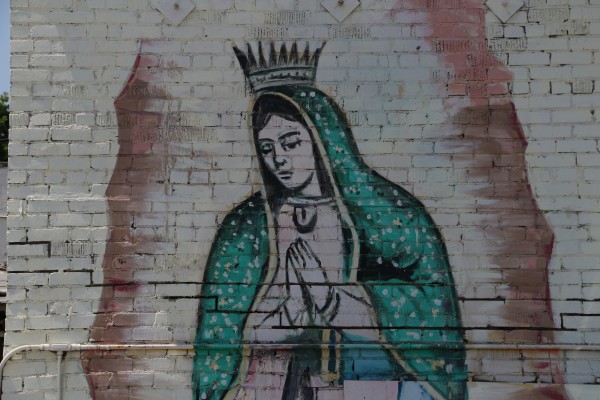
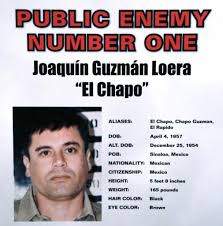

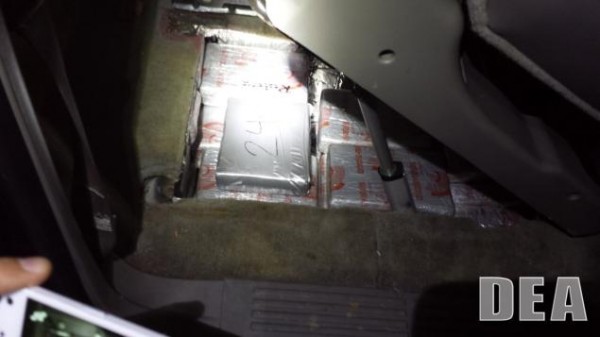
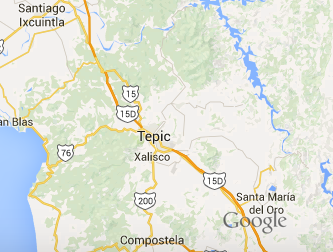
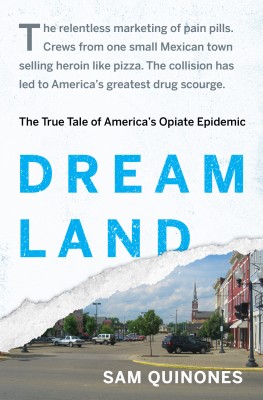


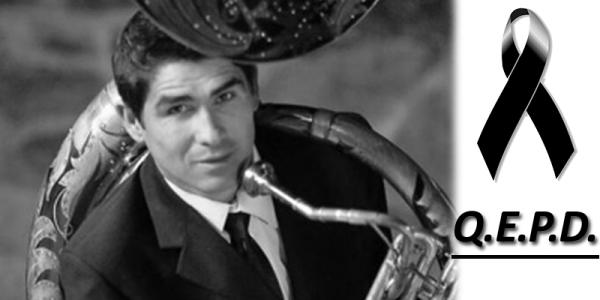











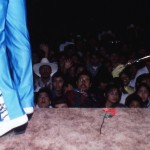

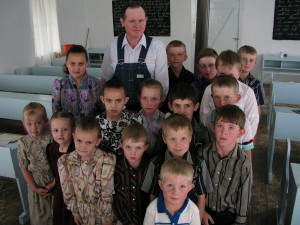 As it happens, I don’t know how much of what I told the filmmakers they ended up using. HOWEVER. I did do a reenactment of my tense standoff with the narco-Mennonites. (Reenactment may be another word for `big fat idiot American reporter’).
As it happens, I don’t know how much of what I told the filmmakers they ended up using. HOWEVER. I did do a reenactment of my tense standoff with the narco-Mennonites. (Reenactment may be another word for `big fat idiot American reporter’).











